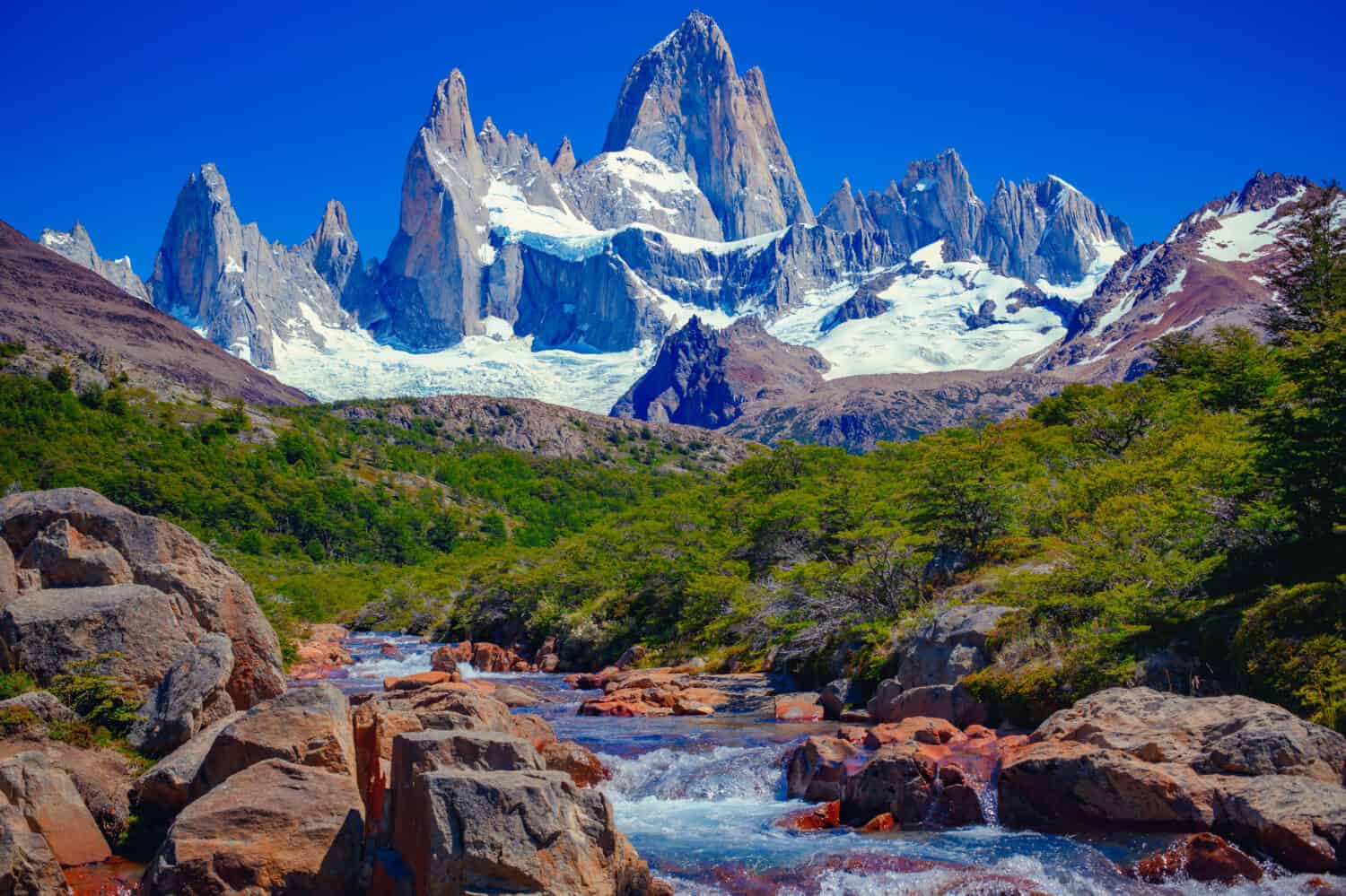The Andes are one of our planet’s most magnificent mountain ranges. They stretch a staggering 5,500 miles along the western coast of South America. As well as being visually stunning, the mountain range contains various geological marvels, a rich cultural heritage (including remains of the famous Inca Empire), and crucial natural biodiversity. Let’s journey to this unique location and discover 21 mind-blowing facts about the Andes Mountain Range!
1. The Andes Pass Through Seven Countries

The Andes run along the western coast of South America through seven countries.
©Leonid Andronov/iStock via Getty Images
Running along the western coast of South America, the Andes stretch from the southern tip of Chile to northern Colombia. They are the longest continental mountain range in the world and pass through seven countries. Venezuela, Colombia, Ecuador, Peru, Bolivia, Chile, and Argentina.
2. They Are Still Growing
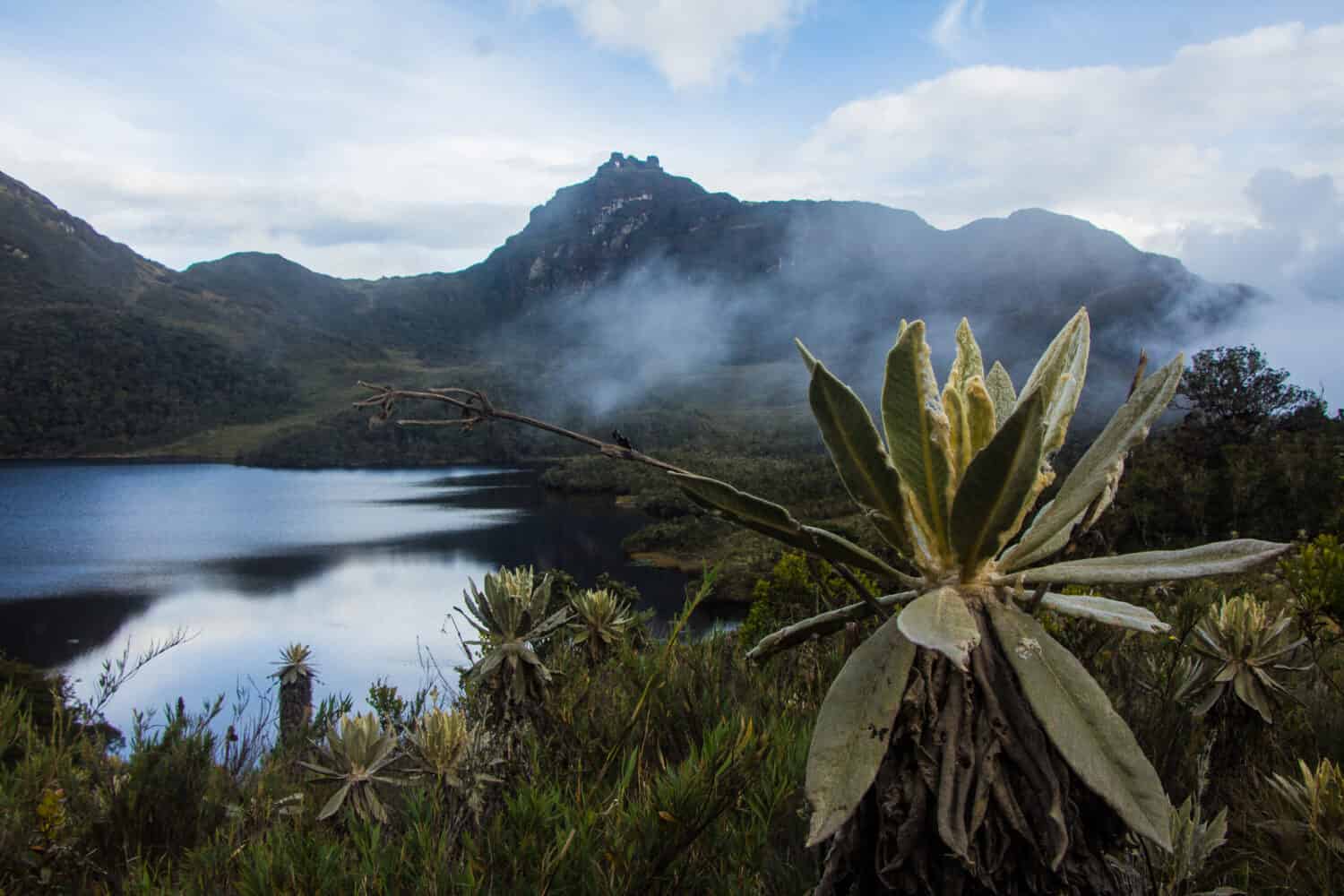
Tectonic plates under the Andes are still forcing them upwards.
©Cristian Gonzalez Acosta/Shutterstock.com
The massive range was formed from slabs of rock forming the Earth’s crust and upper mantle, which are called plates. The Nazca Plate was forced under the less dense South American Plate, creating the Andean Volcanic Belt. Millions of years of constant tectonic plate movements and volcanic activity made the mountains grow, which is still happening!
3. No One Agrees on the Origin of Their Name

The red color in parts of The Andes may explain their name.
©Himanshu Saraf/Shutterstock.com
There is considerable debate among experts on how the range got its name. It may have originated from a Quechua word, “anti,” meaning “east.” Possibly, it comes from another Quechua word meaning copper – “anta.” Another opinion is it derives from an Aymara word, “anta,” which means copper-colored. Some areas of the Andes are red thanks to iron sulfide in the soil and rocks.
4. The Amazon River Originates in the Andes
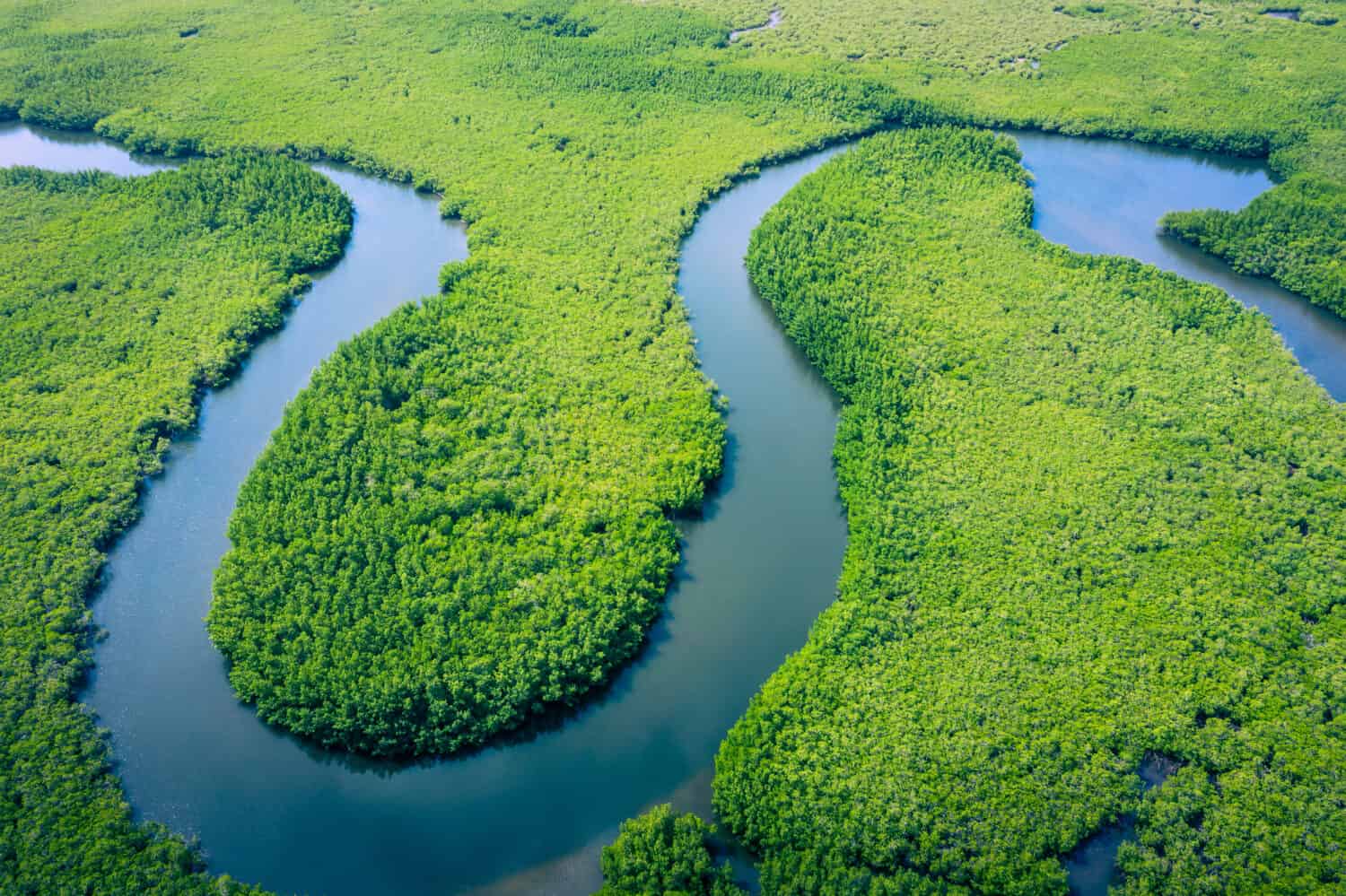
The Amazon’s source is in The Andes Mountain Range.
©Curioso.Photography/Shutterstock.com
The mighty Amazon River is the world’s largest river by discharge volume. But where is its source? This is usually the most distant upstream point in the drainage basin. A landmark study published in 2014 placed the source as Cordillera Rumi Cruz at 5220 m elevation in the Río Mantaro drainage in the Andes Mountain Range.
5. It Has Active Volcanoes
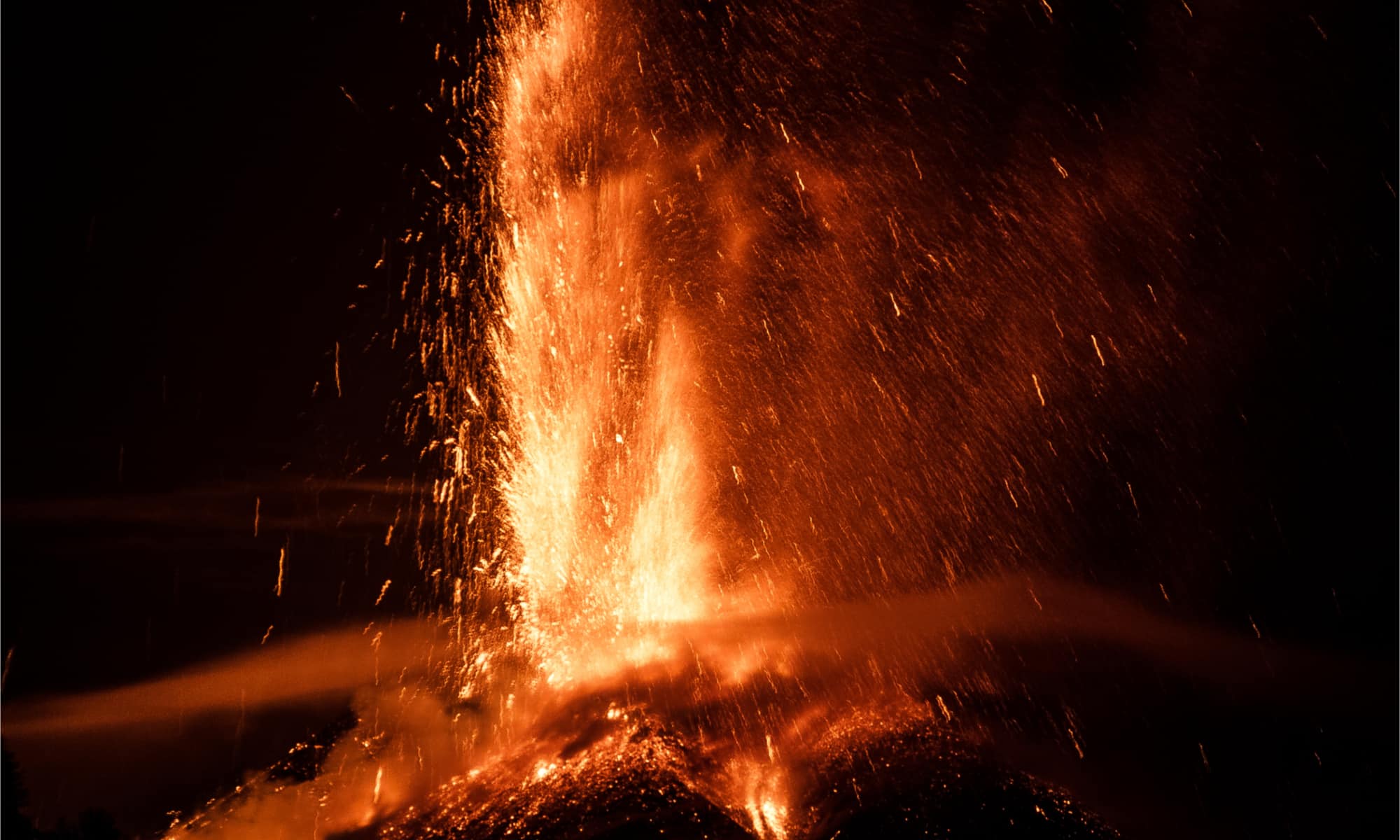
The Andes form part of the Pacific Ring of Fire.
©Wead/Shutterstock.com
The volcanic activity in the Andes is not confined to the past. There are still active volcanoes in the range. It’s not called the Andean Volcanic Belt for nothing! The Chilean Andes Range is part of the ‘Pacific Ring of Fire.’ This includes the Villarrica, Lonquimay, and Llaima volcanoes in the Araucanía Region. The Andes host more volcanoes that have been active during the Holocene (past 10,000 years) than any other volcanic region in the world. They still pose a threat to the natural resources and human residents of the area.
6. Some of the Highest Peaks in the World Are Found There
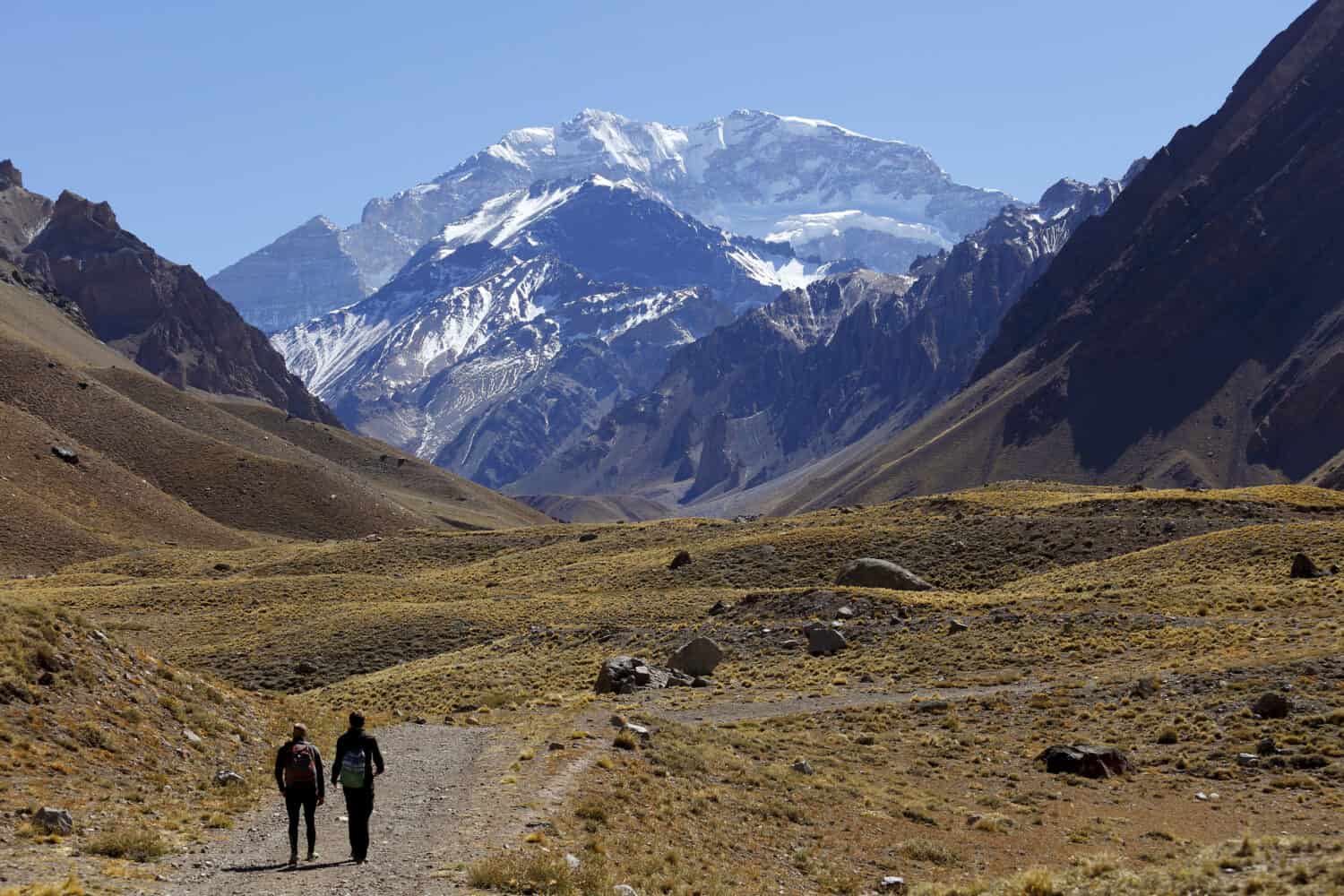
The average elevation in The Andes is around 13,000 feet.
©rocharibeiro/Shutterstock.com
Outside of Asia, The Andes have the next highest peaks. The average elevation is around 13,000 feet. Several individual peaks are over 19,000 feet above sea level. The single highest peak in the mountain range is Mount Aconcagua. This spectacular mountain stands at 22,838 feet, making it the highest summit in all the Americas and the highest mountain outside Asia. It is located in Argentina in the Aconcagua Provincial Park and attracts climbers from all over the world. Mount Aconcagua is an extinct volcano and was revered by the Incas.
7. The World’s Largest Mirror Is Located There
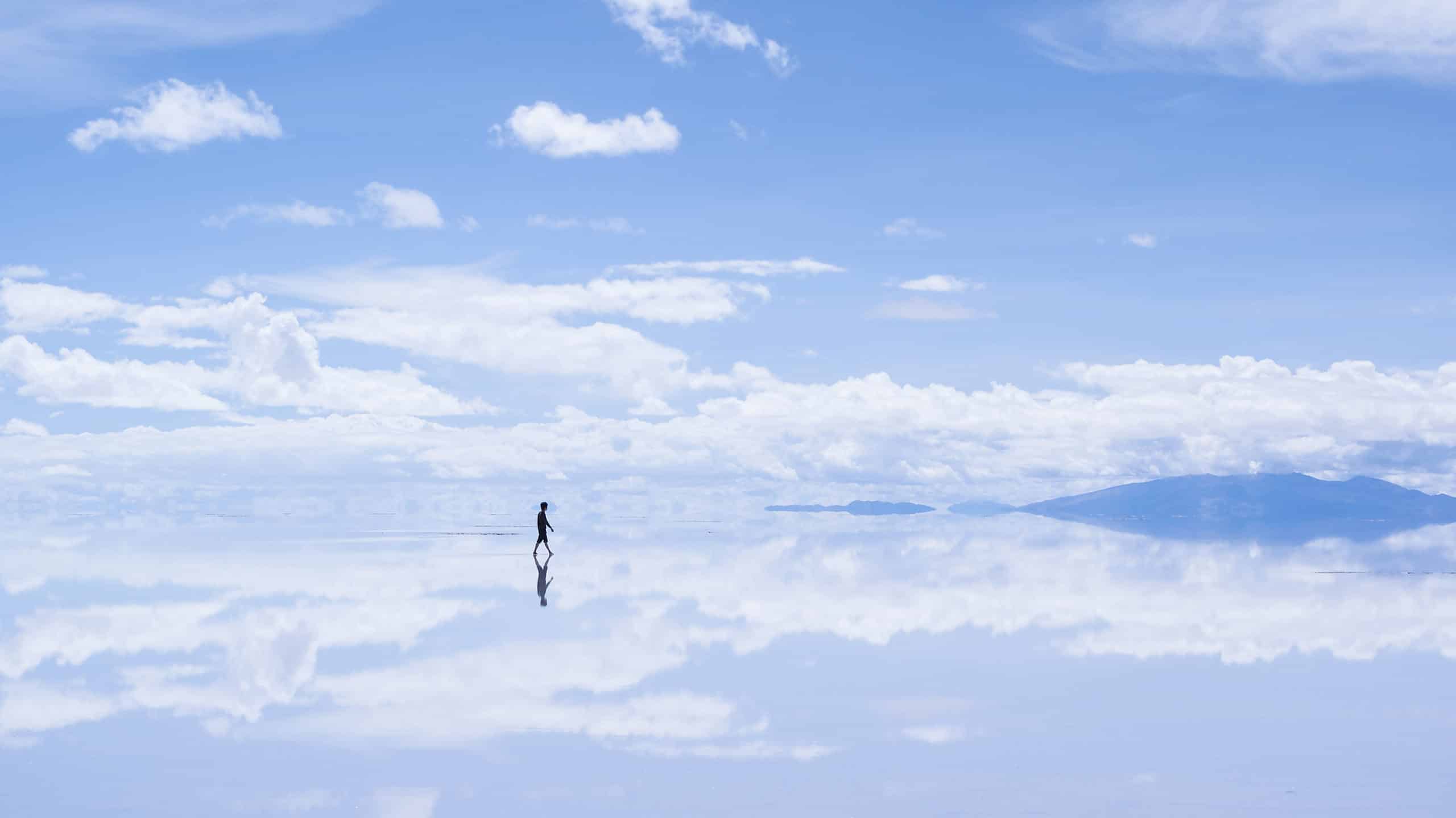
The Salar de Uyuni is the world’s largest salt flat.
©iStock.com/shinnji
Salar de Uyuni, or the Salar salt flat, is in Daniel Campos Province in Potosí in southwest Bolivia in The Andes. It is one of South America’s most striking attractions. The vast expanse of salt stretches over 6,500 miles and can even be seen from space! At 11,692 feet above sea level, visitors must be mindful of altitude sickness. On still days, a thin layer of moisture forms on the salt, creating the world’s largest mirror!
The flats comprise 10 billion tonnes of salt in layers sandwiched between sedimentary deposits. Over 70 percent of the world’s lithium reserves can be found here, some of which may be in the device you use to read this.
8. You Can Get Further Away From the Center of Earth Here Than Anywhere Else
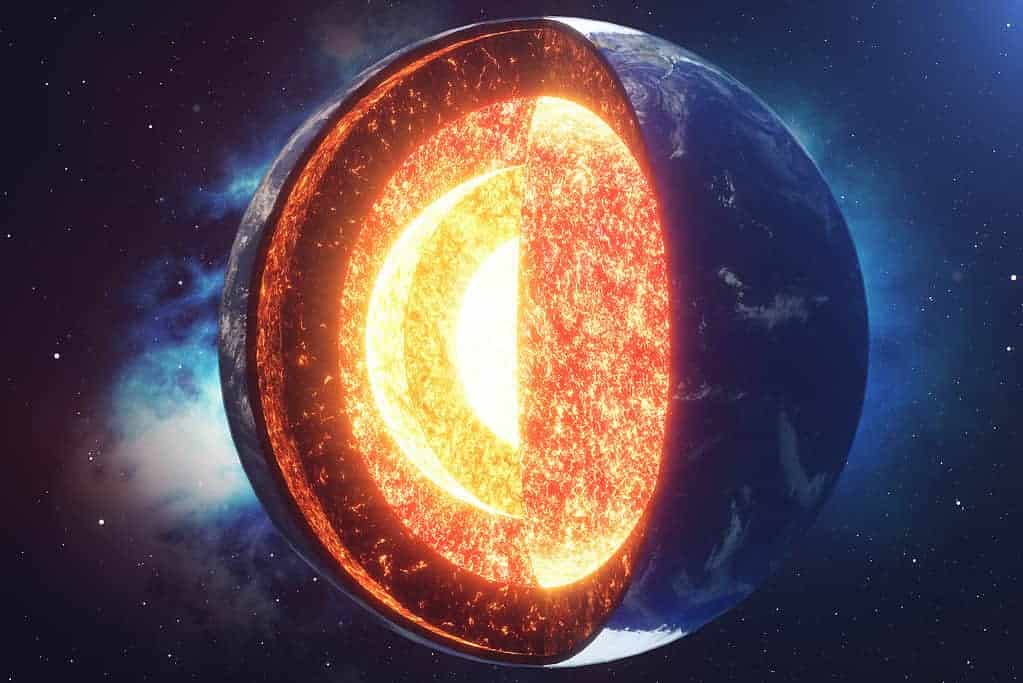
Mount Chimborazo is the furthest from the Earth’s core that you can get.
©Rost9/Shutterstock.com
If you were to climb to the summit of Mount Chimborazo in The Andes Mountain Range, you would be the furthest away from the center of the Earth that it is possible to get! This is because the earth is not a perfect sphere. The earth bulges out around its middle, thanks to gravity and centrifugal forces. As a result, Chimborazo sticks more than 7,000 feet farther into space than any of the Himalayas, even though they are higher peaks.
9. Potatoes and Tomatoes Came From the Andes

Potatoes and tomatoes were first cultivated in The Andes.
©Val_R/Shutterstock.com
They may be America’s favorite vegetable, but potatoes did not originate in North America. The average American eats nearly 30 pounds of French fries annually, and we have the Incas to thank for that! The Inca Indians first cultivated potatoes in Peru between 8,000 BC and 5,000 BC. They even used the time it took to cook a potato to measure time!
Similarly, tomatoes were a native plant of the lower Andes and were first cultivated by the Aztecs. Tomatoes are a fruit belonging to the Solanaceae family, which includes potatoes, peppers, and eggplants.
10. Some Andes Species Are Found Nowhere Else on Earth
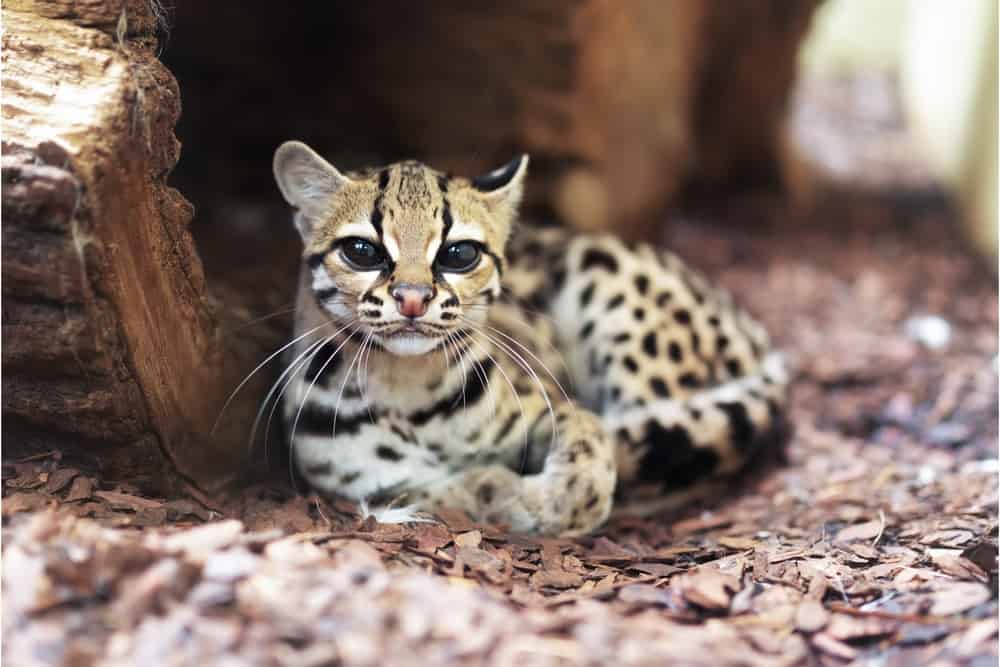
The Andean Mountain cat is found only in The Andes.
©Tharuka Photographer/Shutterstock.com
The biodiversity of The Andes Mountain Range is both rich and unique. It includes some species that are found nowhere else on the planet. The scientific name for this is endemism. Experts estimate that around half of the plants are not found anywhere else. The yellow-faced parrotlet is found only in northern Peru. The Andean cat is found only in The Andes regions of Argentina, Bolivia, Chile, and Peru, and it is endangered.
11. It’s a Hotspot for Plant Diversity

The Andes contain one-sixth of all plant life.
©Jim Fannin/Shutterstock.com
The Tropical Andes Biodiversity Hotspot covers an area three times the size of Spain. It stretches from western Venezuela to northern Chile and Argentina and passes through Colombia, Ecuador, Peru, and Bolivia sections. It contains one-sixth of all plant life in the world! That includes 30,000 species of vascular plants.
12. They Contain a Lot of Lakes
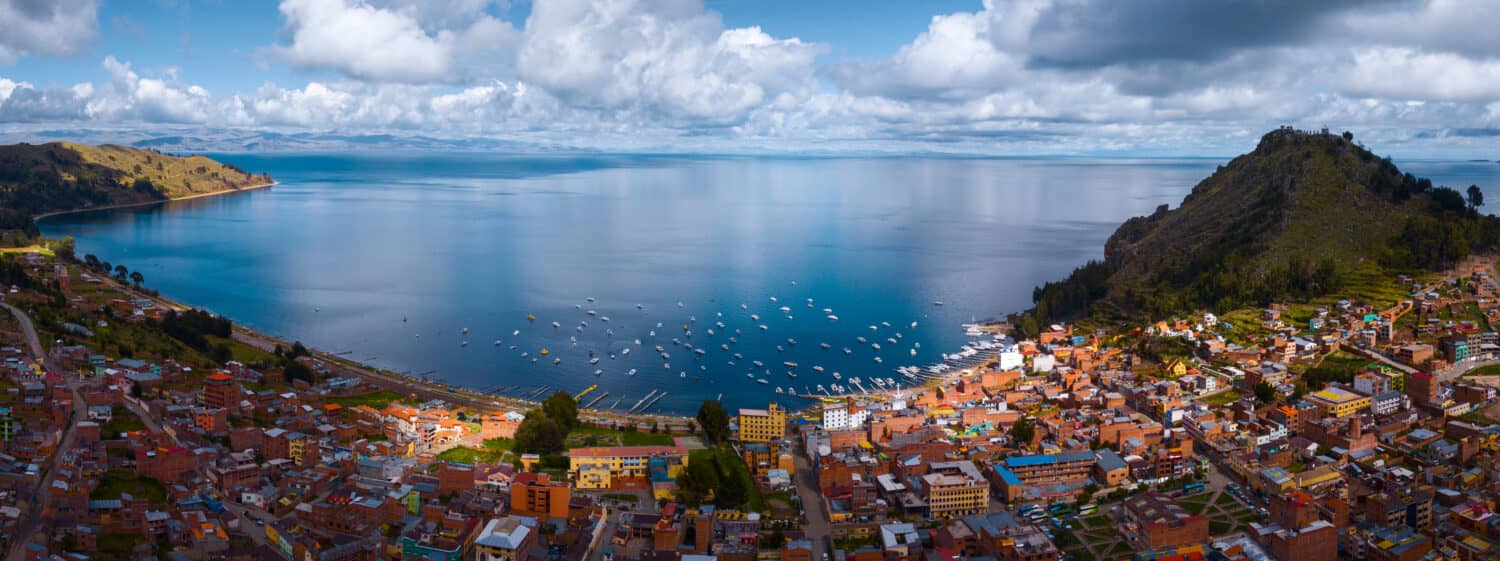
Lake Titicaca is the largest freshwater lake in South America.
©Dudarev Mikhail/Shutterstock.com
The Andes have a lot more to offer than just mountains. The mountain range has many beautiful lakes. One notable example is Lake Titicaca – the largest freshwater lake in South America. It is also the highest of the huge lakes in the world. Lake Titicaca is located 12500 feet above sea level between Peru and Bolivia. It covers 3,200 square miles and has a maximum depth of around 920 feet. At least 25 rivers drain into it, but only one river drains out. The rest of the water is lost through evaporation.
13. There Is a Lot of Copper in the Andes
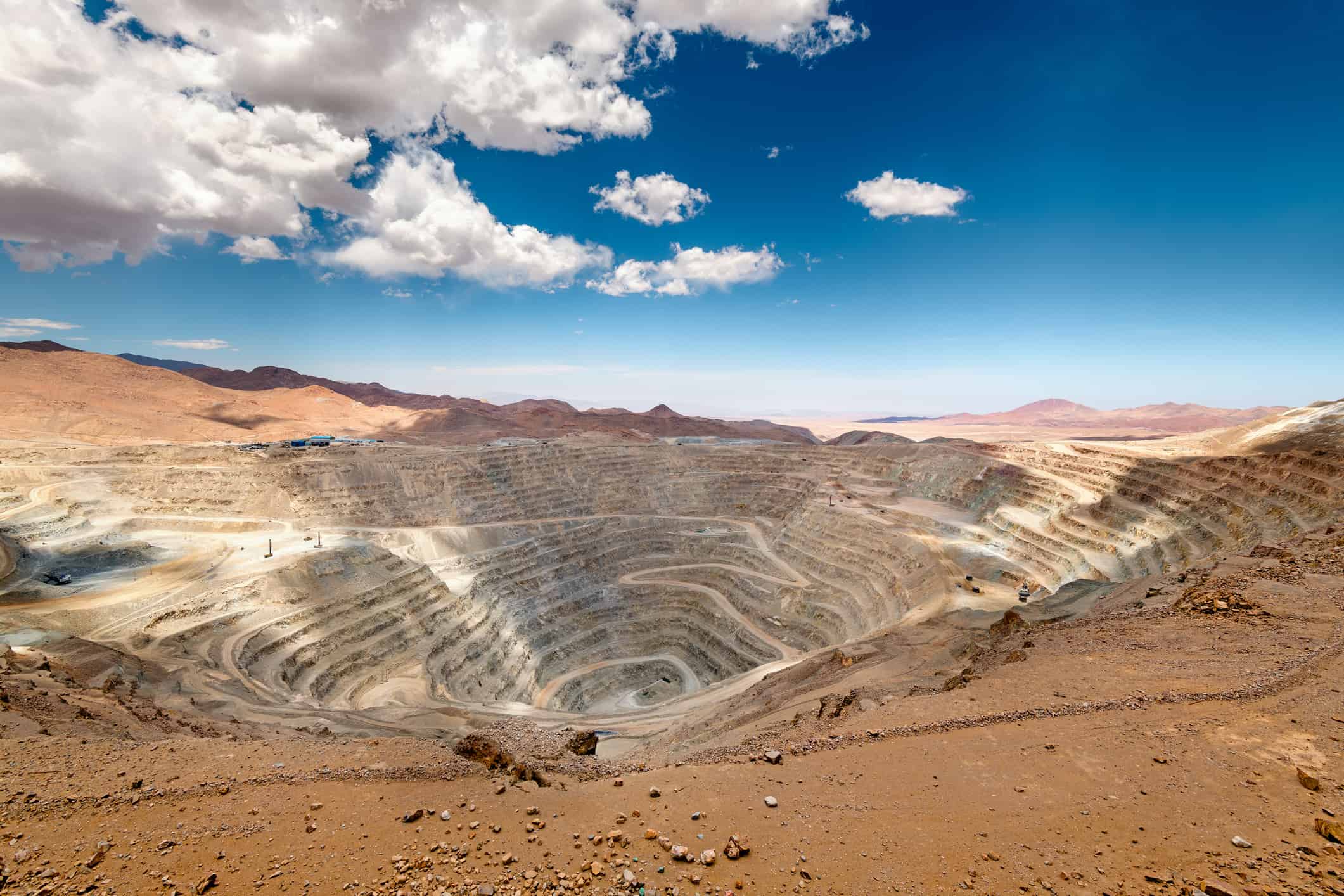
The Andes contain significant deposits of copper.
©tifonimages/iStock via Getty Images
The Andes contain significant porphyry copper deposits. As a result, the region is a major source of copper with active mining, exploration, and development industries. Peru and Chile are amongst the world’s top exporters of the mineral. There are also large deposits of gold, silver, and molybdenum.
14. The Andes Were Home to the Incas
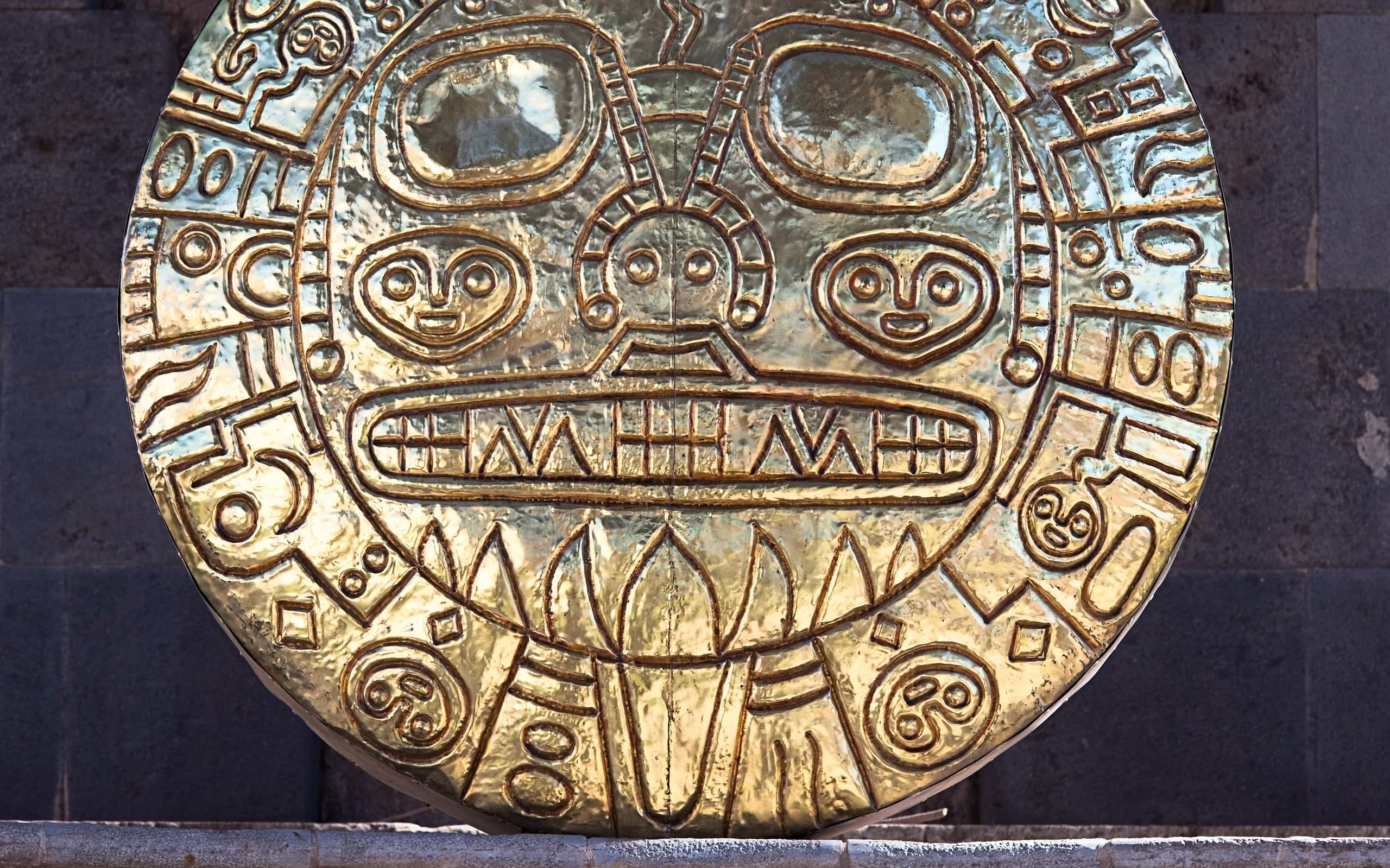
The Andes were home to The Incas.
©IlonaBudzbon/ via Getty Images
The Incan Empire, commonly called ‘The Incas’, was an ancient pre-Columbian civilization. They once occupied lands stretching over 770,000 miles, including up to 14 million people. The empire originated in The Andes in the Peruvian region sometime in the early 13th century and largely functioned without money or markets.
15. Incas Were Not the First Andean Civilization

Some of the structures we associate with the Incas may have been built by older civilizations.
©pawopa3336/iStock via Getty Images
We may have all heard of the Incas, but they were not the first civilization in the Andes. The Tiwanaku and the Wari civilizations came first. They occupied the area for centuries and may be responsible for some structures we associate with the Incas.
16. It Contains a Famous Historical Site

The ‘Lost City of the Incas’ is in The Andes.
©Alfredo Cerra/Shutterstock.com
The famous ‘Lost City of the Incas’ is 7,000 feet above sea level in the Andes. It is situated on the slopes of Machu Picchu Mountain and is one of the most atmospheric places on Earth. It was built around 1450 at the command of Emperor Pachacuti but was abandoned a century later. Sadly, when the Spanish conquistadores discovered it, they destroyed as much as possible. It became overgrown and remained hidden until 1911, when Hiram Bingham, an American historian and explorer, rediscovered it. It is one of the best examples of Incan architecture and contains at least 200 buildings, including the stunning Temple of the Sun.
17. The Andean People Speak Over 300 Languages

The Andes is an area of rich cultural diversity.
©Marco Alhelm/Shutterstock.com
At least 75 million people live in The Andes. This makes up around 44 percent of the total population of the seven countries they span. Spanish is spoken in all the countries but there are also many other indigenous languages. This language diversity is a big part of the region’s cultural heritage. Many of the 300-plus languages are spoken by less than 1,000 people. The most widely spoken are Quechua and Aymara. Quechua has 45 dialects and was spoken by the Incans.
18. They Continue Under the Sea
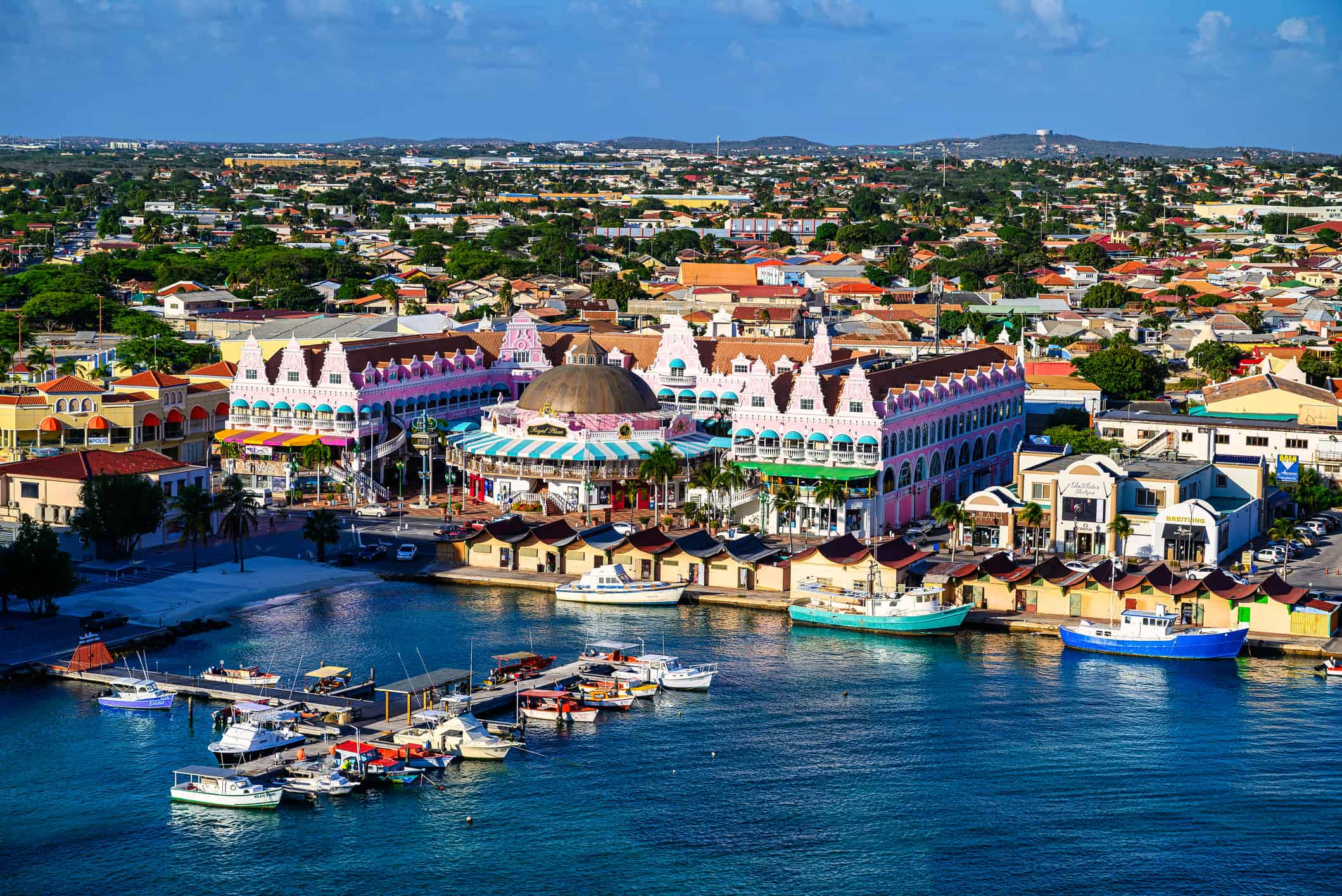
Aruba and Curacao are part of The Andes Mountain Range.
©Wirestock/iStock via Getty Images
Magnificent mountain ranges don’t just stop because they have reached the coast! The range continues into the sea both at its southern and northern edges. You may think of Aruba and Curacao as Caribbean islands, but they are peaks of The Andes Mountain Range as it plunges under the sea!
19. It’s No Place for Vehicles

Llamas are used for transport.
©Cezary Wojtkowski/Shutterstock.com
The Andes Mountains’ rugged and rocky terrain is often unsuitable for motor vehicles. The indigenous population still relies on traditional methods of transport, such as llamas and alpacas. These animals can cope with steep slopes, even carrying heavy loads! Horses and mules are also used in some areas.
20. The Andes Has the Second Largest Plateau in the World
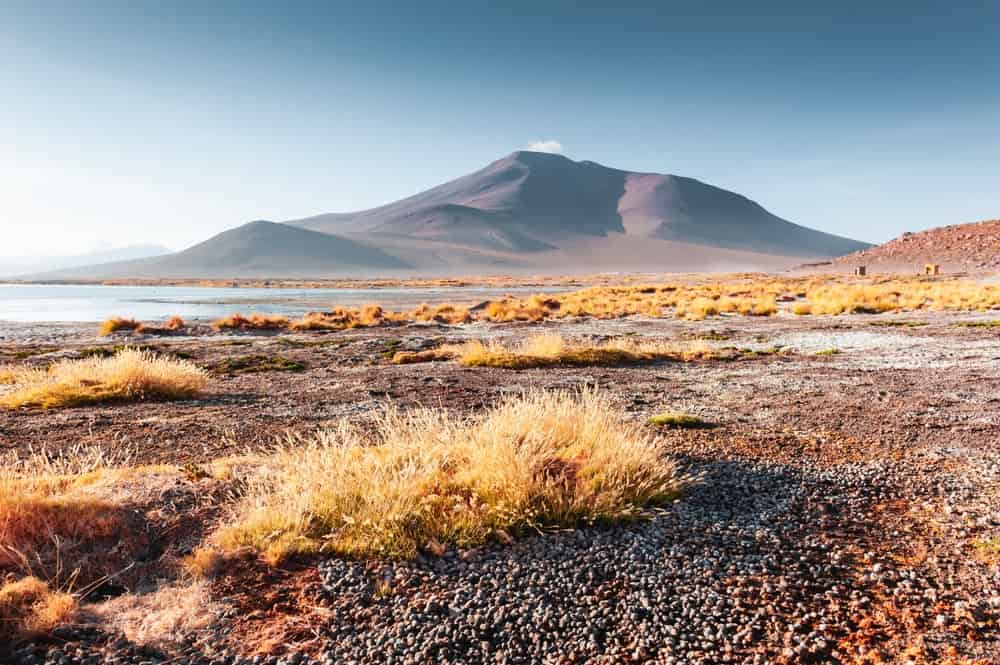
The Andes include some huge plateaus.
©Olga Gavrilova/Shutterstock.com
Even mountain ranges have some flat bits! The Altiplano plateau is found in the central Andes and is second in size only to the Qinghai-Tibetan plateau. It spans Peru, Bolivia, and Chile and has an elevation of 13,123 feet. Volcanoes also surround it!
21. It’s Great for Trekking, but Not After a Plane Crash!
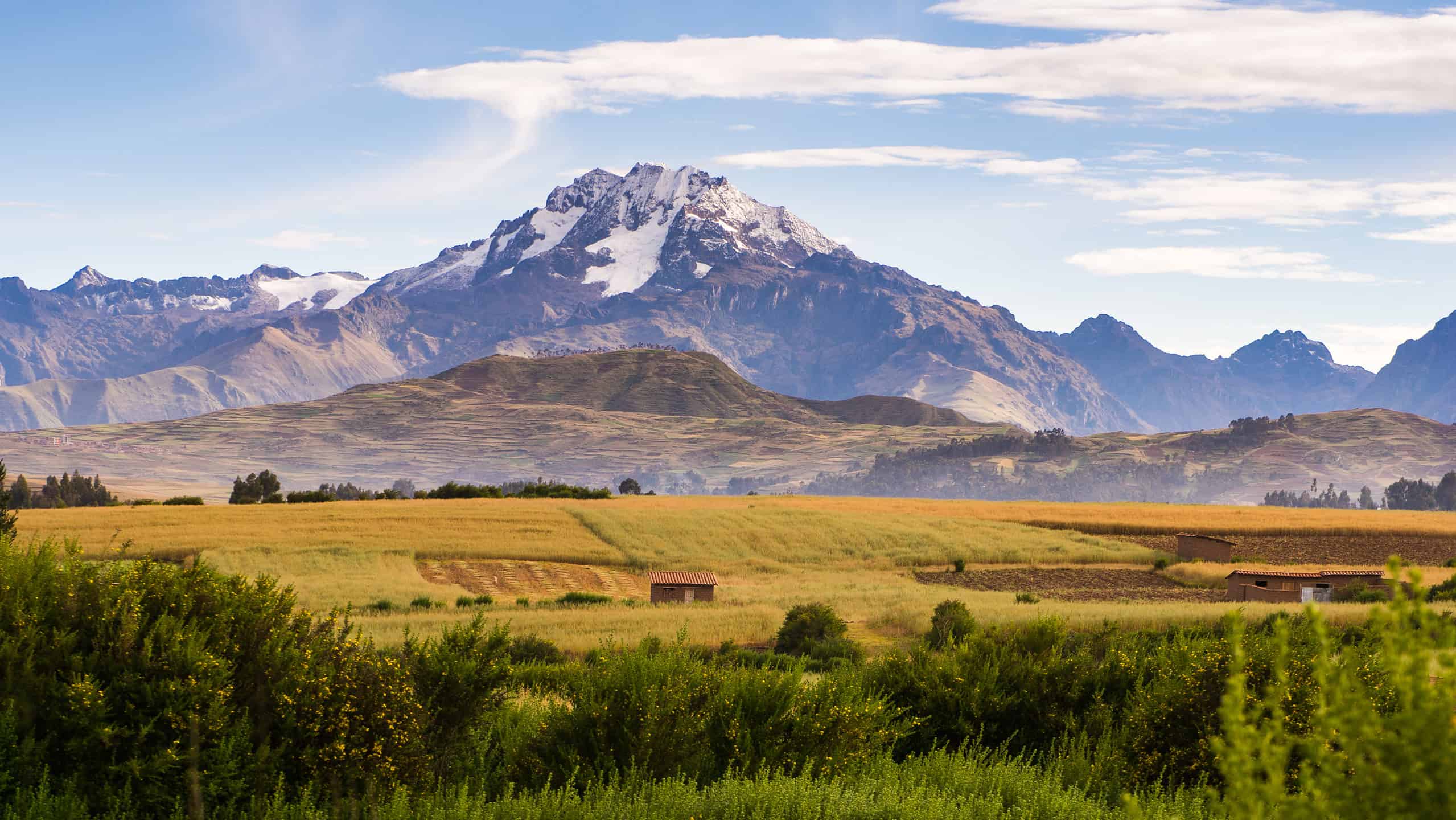
A plane crashed in The Andes in 1972, but 16 people managed to survive.
©BonnieBC/Shutterstock.com
The region attracts thousands of visitors every year. Drawing them with its spectacular scenery and challenging terrain. However, in 1972, it had some unexpected visitors when a plane crashed there on October 13th. Uruguayan Air Force Flight 571 was on its way to Santiago in Chile from Montevideo in Uruguay. Amongst the 45 passengers and crew on board were members of a rugby team from Uruguay. An inexperienced co-pilot started the descent too early and struck a mountain ridge, breaking off both wings and the tail cone.
Only a few survivors were stranded in the mountains for 72 days. During this time, they endured starvation, exposure, and several avalanches. There were further deaths, and the survivors resorted to cannibalism to survive. Eventually, 16 were rescued. The Miracle of the Andes extraordinary ordeal has been the subject of many books and films.
Thank you for reading! Have some feedback for us? Contact the AZ Animals editorial team.

